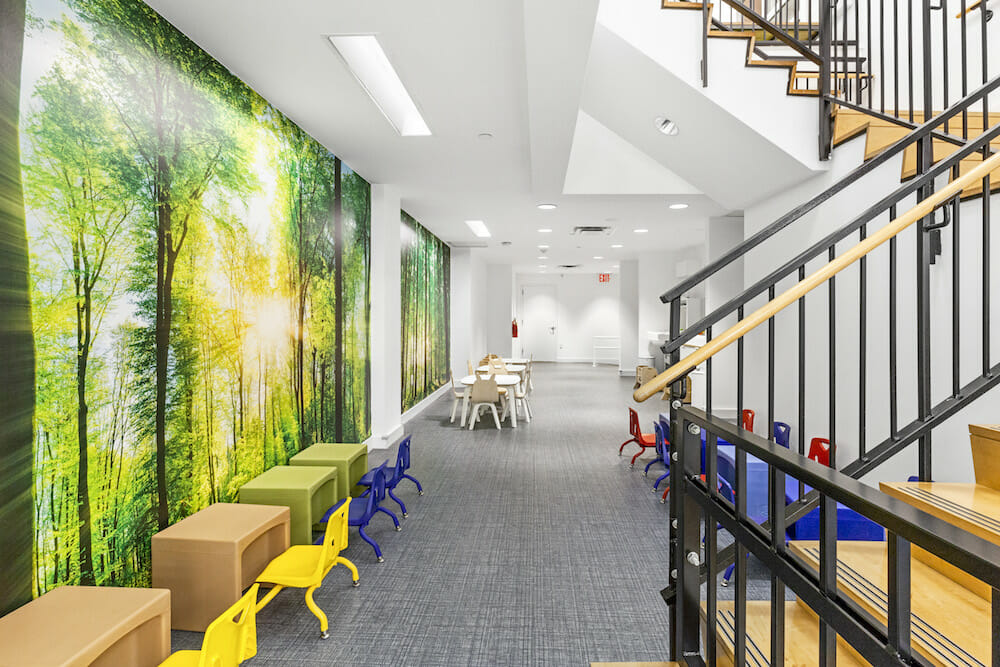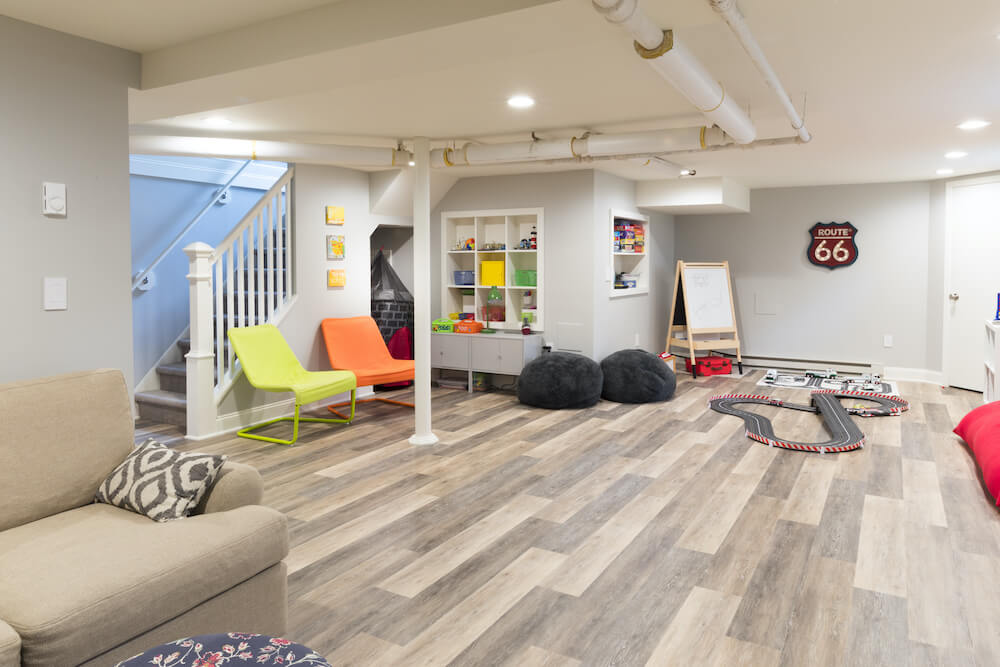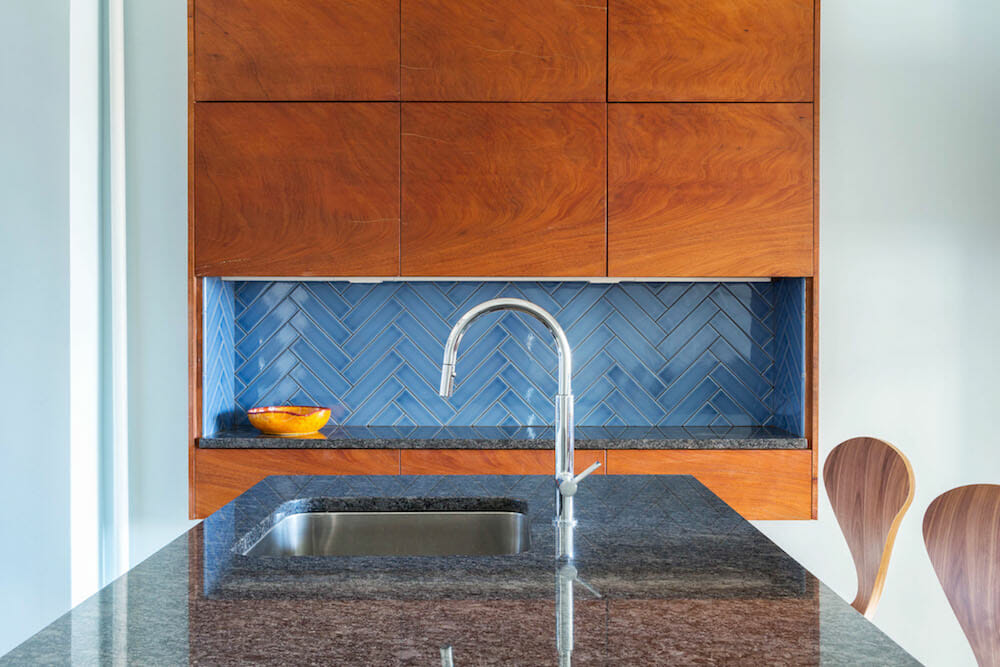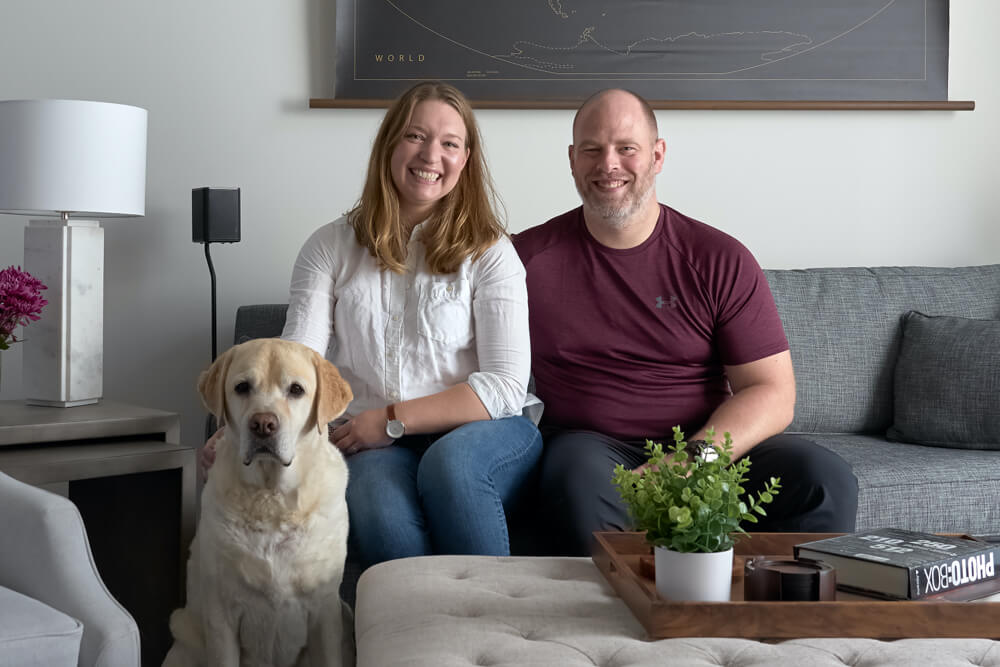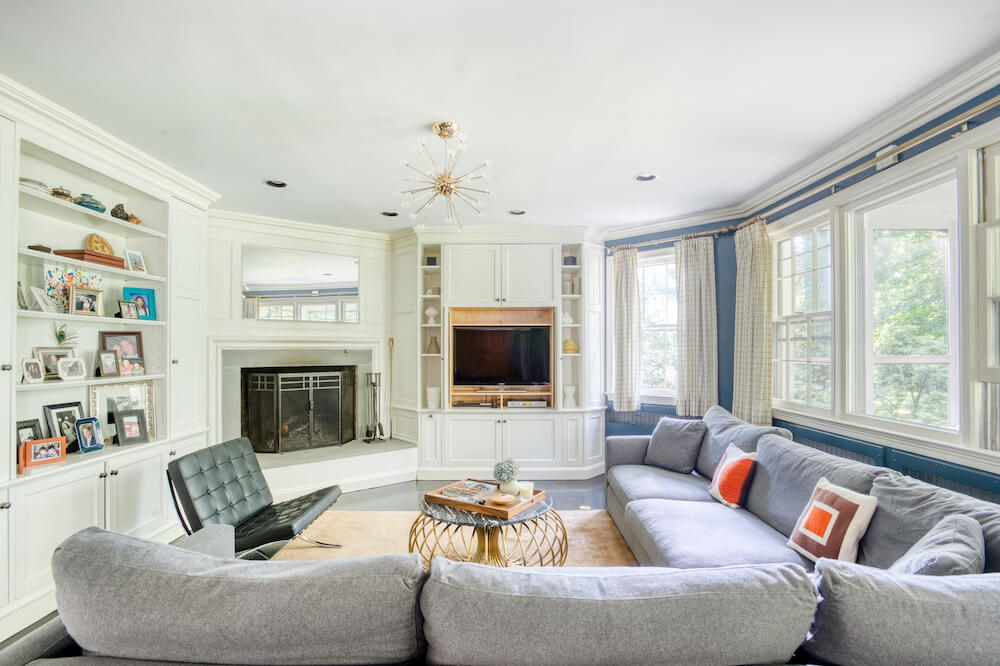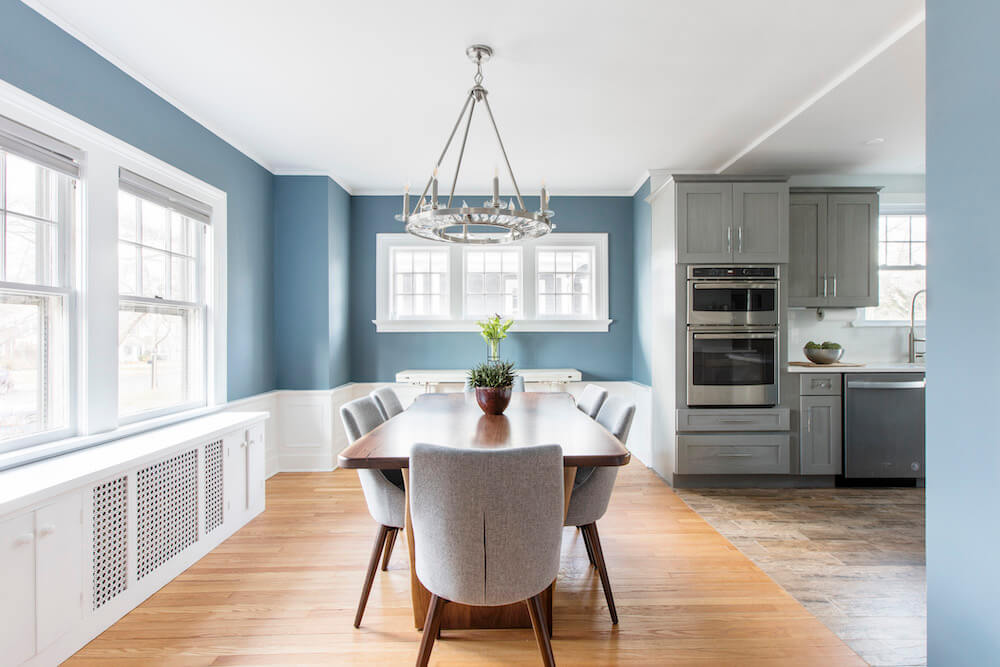Commercial Guide: 7 Mistakes to Avoid When Leasing Office Space
What to know before renting office space for your business

As a business owner, changing locations can be disruptive. Moving your company’s offices, particularly when you are growing very fast or you are very concerned about additional capital expenses, can be a challenging process that may distract attention from your core business and strategic needs. Keeping focused on your business objectives while finding the right physical space to move to is important. Consider these common mistakes to avoid when it comes to seeking new real estate:
1. Putting cost far above all other criteria
The expense to occupy real estate is a significant cost for most businesses. But to focus singularly on rent per square foot in today’s environment is a short-sighted plan. In a tight labor market, the choice of neighborhood and the appeal of a firm’s office space may be critical to attracting and retaining talent, especially if a firm seeks to appeal to millennials, who not only appreciate salary and benefit opportunities, but want to work in an environment that reflects the values of the company they choose.
The quality of space will also generate important productivity advantages, for example, if its character and design support collaborative creativity. An office space’s efficiency–how the rentable square feet (the square footage on which a tenant pays rent) correlates with programmable or “usable” space–may also make focusing solely on per rentable square foot cost comparisons less advantageous.
2. Focusing on the space they need today instead of 18-24 months ahead
Time moves quickly, and most conventional office leases are five to ten years in term. Too many companies, particularly those in growth mode, decide on an appropriately-sized space based on their anticipated headcount for only the first couple of years of their lease occupancy. Some worry about taking on too much space before it’s needed, but the possibility of offering surplus “desk space” to other firms may be negotiated in a lease, should a space be temporarily under capacity. It’s far better to anticipate growth than to make do with overcrowded conditions.
(Above) Union Square Play found their general contractor at Sweeten, turning a bank office into a children’s play space
3. Believing that only subleasing space offers the most flexibility and cost efficiency
It is true that sublease office space is generally less expensive than space leased directly from a landlord. In most cases, however, a sublet must be taken in “as is” condition, with minimal financial contribution from the sub-landlord to modify the space to suit a subtenant’s requirements. Typically, there is no flexibility in the sublease term and the subtenant has little leverage in negotiating a favorable rent for a term beyond the sublease expiration. Sweeten brings homeowners an exceptional renovation experience by personally matching trusted general contractors to your project, while offering expert guidance and support—at no cost to you. Renovate expertly with Sweeten
In contrast, leasing directly from a landlord may offer customization of the space either built by the landlord or by the tenant with a landlord’s “contribution” subsidizing the cost. A direct lease may also provide options and flexibility to accommodate potential occupancy growth.
4. Not anticipating how long the space acquisition process will take
When one rents an apartment directly from building management, the lease process typically takes less than five days. In contrast, negotiating an office or retail lease can take from two to eight weeks, depending on the attorneys involved, the complexity and length of the lease, and other factors.
Prior to lease negotiation, the site selection and business terms negotiation process can take from one to eight weeks for an immediate requirement that is well defined, and much longer if a real estate occupancy strategy must be developed to align with business goals.
5. Planning for furniture too late in the process
Furniture planning and acquisition are often considered as an afterthought in the process. Here are two reasons to focus on them concurrently with planning and design of the office space configuration. First, the lead time delivery of contract furniture can be four to six weeks, so, even if a space build-out is complete, the absence of installed and wired furniture means a tenant cannot open for business. Second, the placement of furniture/cabinetry/desks is critcial to space planning, specifically for the wiring of furniture for voice and data technology, which must be coordinated with the siting of voice and data ports in an office.
If a landlord builds a space out on behalf of a tenant, planning how furniture will be situated and wired should be incorporated into the space design process.

6. Allowing first impressions to influence the decision-making
When touring an office space, there are lots of factors that may influence an initial impression: for example, the time of day/natural light, the existing ceiling and ambient, or the density of existing partitions and furniture. It’s always best to tour space when the sun is out and it’s early in the day. Too many times, a potential tenant may rule out a space in less than a minute because of a negative first impression. Spend a little time in your potential new office and listen to the guidance of your real estate advisor who should recommend whether it’s worth a second look.
7. Not realizing a landlord’s interest in the financial condition of the actual tenant
It doesn’t matter how large or successful a related or parent corporate entity may be. A commercial landlord is only interested in the creditworthiness of the actual business entity signing the lease or providing a full corporate guarantee. This is often challenging for non-U.S.-based firms that establish new U.S. companies to operate here. Landlords do not care about the revenues or profitability of the foreign parent and do not want to pursue a foreign parent if the U.S. tenant defaults.
A related concern is the “good guy” guarantee. Most landlords require this limited personal guarantee from a U.S. citizen or permanent resident for nearly all privately held tenants, no matter how creditworthy. The intent is to ensure, in the event of a bankruptcy or some other rationale for a tenant stopping rent payments, that the landlord will not have to serve an eviction to get back clean possession of the leased premises (in order to lease to a new tenant).
Alex Cohen is a Vice President in Compass commercial division and develops strategy and negotiates lease and purchase transactions for office, retail, and mixed-use spaces on behalf of lease transactions for tenants, landlords, and investors. He writes about the commercial real estate environment for Sweeten.
—
Get the lowdown on the elements of a commercial lease.
Sweeten handpicks the best general contractors to match your commercial project’s location, budget, and scope, supporting you until project completion. Follow the blog for commercial reno 101 posts and when you’re ready, start your renovation on Sweeten.
